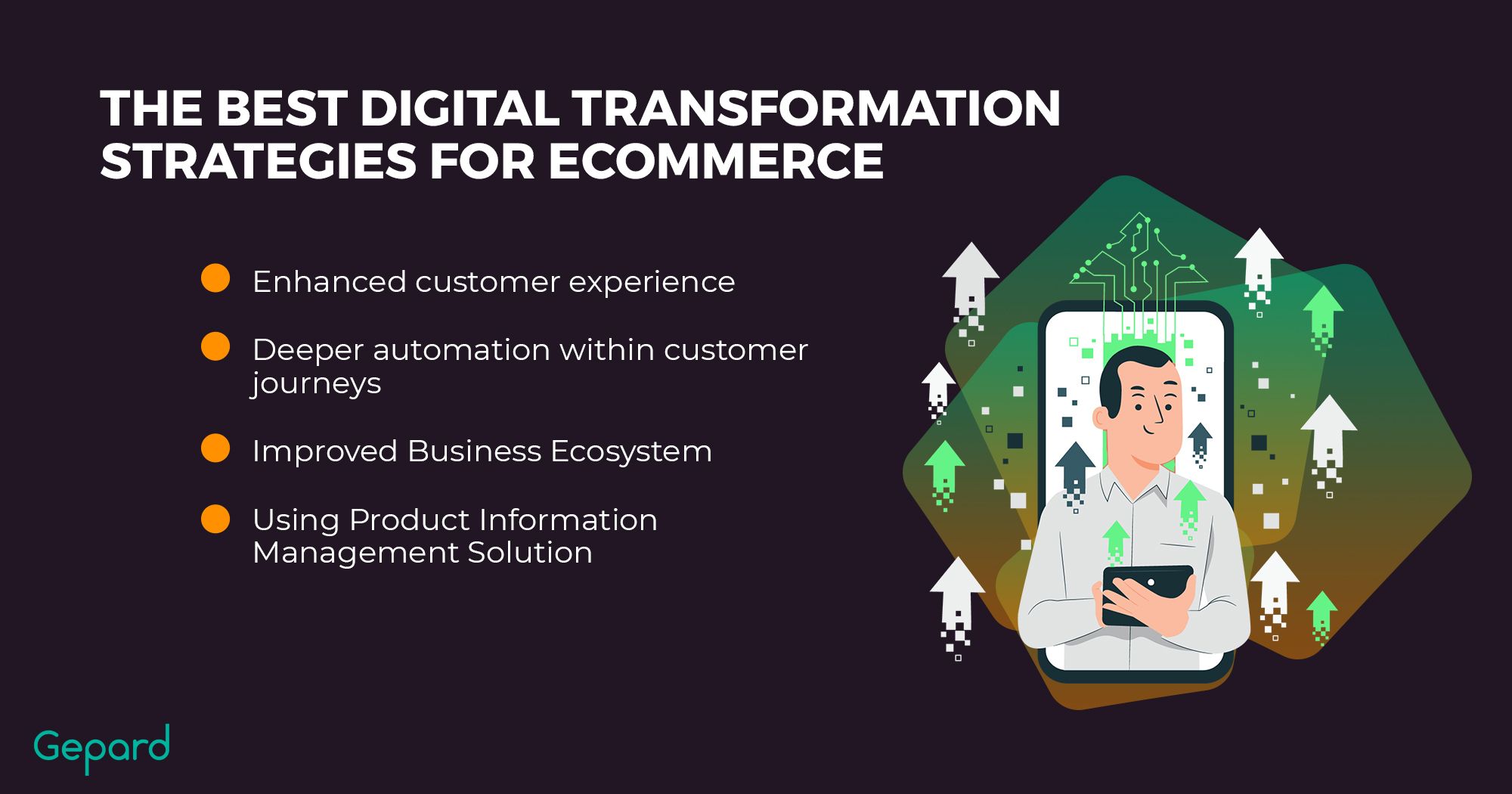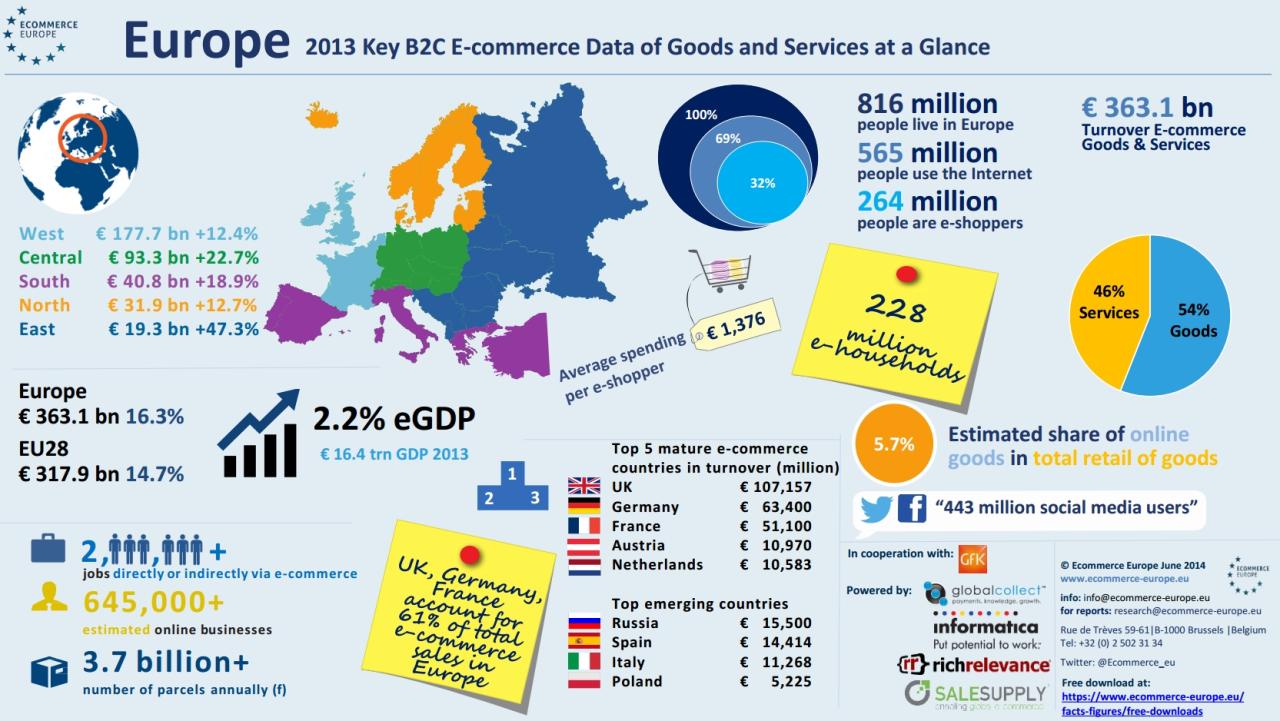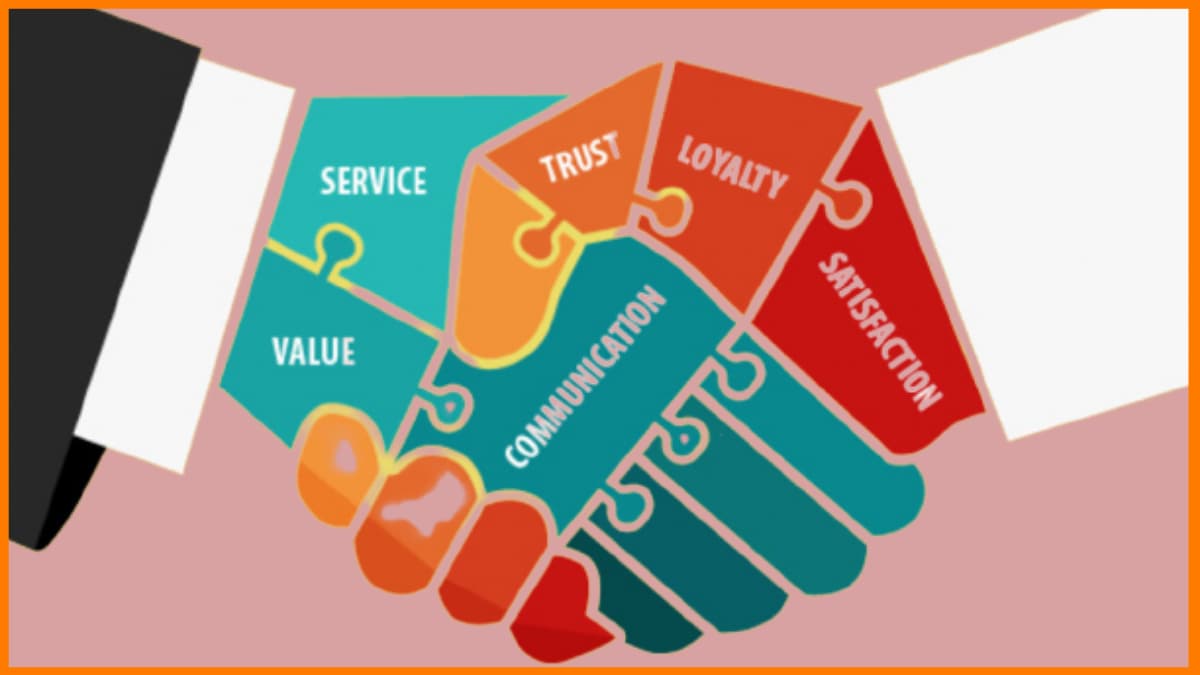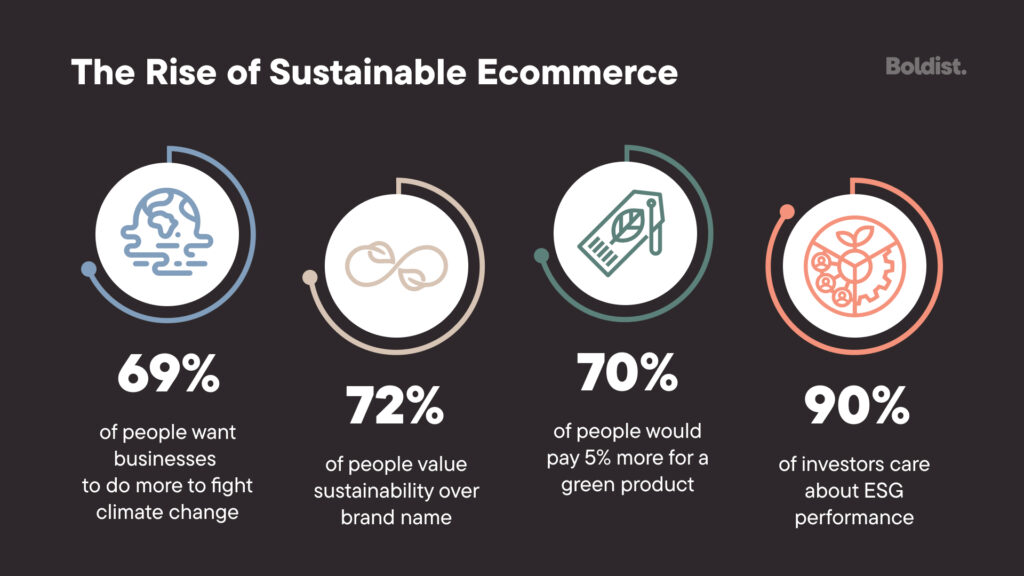Embarking on the journey of Smart Ecommerce Strategies for a Digital-First World, we delve into the realm of online commerce with a focus on innovative and adaptive approaches to succeed in this dynamic landscape.
As we explore the intricacies of harnessing data analytics, personalizing customer experiences, and implementing omnichannel retailing, the narrative unfolds to reveal the key principles and strategies essential for thriving in the digital age.
Smart Ecommerce Strategies for a Digital-First World
In today's digital-first world, the emphasis is on leveraging digital technologies and online platforms to drive business growth and reach customers. Ecommerce, in particular, has seen a significant shift towards digital channels as consumers increasingly prefer the convenience of shopping online.
Defining the Digital-First World
In the context of ecommerce, a digital-first world refers to a business environment where online interactions and transactions take precedence over traditional brick-and-mortar operations. It highlights the importance of having a strong online presence and utilizing digital tools to connect with customers and drive sales.
Adapting Ecommerce Strategies for the Digital-First Era
To thrive in this digital-first era, businesses need to adapt their ecommerce strategies to align with changing consumer behaviors and preferences. This includes optimizing websites for mobile devices, investing in digital marketing, and enhancing the overall online shopping experience for customers.
Challenges in Implementing Smart Ecommerce Strategies
Despite the benefits of embracing digital technologies, businesses face several challenges when implementing smart ecommerce strategies. These challenges include data privacy concerns, competition from online giants, and the need to constantly innovate and stay ahead of technological advancements.
Leveraging Data Analytics for Ecommerce Success
Data analytics plays a crucial role in helping businesses optimize their ecommerce strategies by providing valuable insights into customer behavior, trends, and overall performance. By leveraging data effectively, companies can make informed decisions to enhance their online sales and drive growth.
Metrics to Track for Improved Online Sales
- Conversion Rate: Tracking the percentage of website visitors who make a purchase can help businesses understand the effectiveness of their marketing efforts and website design.
- Customer Lifetime Value (CLV): By analyzing CLV, businesses can identify their most valuable customers and tailor their marketing strategies to maximize revenue from these segments.
- Cart Abandonment Rate: Monitoring the rate at which customers abandon their shopping carts can help businesses identify friction points in the purchasing process and take steps to improve conversion rates.
Role of Predictive Analytics in Ecommerce
Predictive analytics uses historical data and machine learning algorithms to forecast future trends and customer behavior, enabling businesses to anticipate market changes and personalize their marketing strategies. By analyzing patterns and trends, companies can make proactive decisions to optimize their ecommerce operations and stay ahead of the competition.
Personalization and Customer Experience

In the digital-first world, personalized shopping experiences play a crucial role in attracting and retaining customers. Tailoring the shopping journey to individual preferences and behaviors can significantly enhance customer satisfaction and loyalty.
Significance of Personalized Shopping Experiences
- Personalization creates a unique and tailored experience for each customer, increasing engagement and conversion rates.
- By analyzing customer data and behavior, ecommerce platforms can recommend products and promotions that are more likely to resonate with each individual.
- Personalized marketing campaigns can drive higher customer retention and lifetime value, as customers feel understood and valued.
Examples of Successful Ecommerce Platforms
- Amazon: With its sophisticated recommendation engine, Amazon provides personalized product suggestions based on browsing history and purchase behavior.
- Netflix: Personalizing content recommendations based on viewing habits has been a key factor in Netflix's success in retaining subscribers.
- Sephora: By offering personalized beauty recommendations and virtual try-on tools, Sephora enhances the customer experience both online and offline.
Tools and Technologies for Enhancing Customer Experience
- Customer Relationship Management (CRM) software: CRM systems help track customer interactions and preferences, enabling personalized communication and marketing campaigns.
- Artificial Intelligence (AI) and Machine Learning: AI-powered algorithms analyze data to predict customer behavior and personalize recommendations in real-time.
- Personalization Engines: These tools enable ecommerce platforms to deliver dynamic content, product recommendations, and offers based on individual customer profiles.
Omnichannel Retailing in Ecommerce
Omnichannel retailing refers to the seamless integration of different channels
- online, offline, mobile, social media, etc.
- to provide customers with a unified shopping experience. This approach recognizes that customers expect a consistent experience across all touchpoints, regardless of whether they are browsing online, in-store, or on their mobile devices.
Impact of Omnichannel Retailing
- Improved Customer Experience: By offering a consistent shopping experience across all channels, businesses can enhance customer satisfaction and loyalty.
- Increased Sales Opportunities: Omnichannel retailing allows businesses to reach customers at multiple touchpoints, increasing the chances of conversion.
- Data Integration: By connecting data from various channels, businesses can gain valuable insights into customer behavior and preferences.
Comparison with Single-Channel Approaches
Omnichannel retailing differs from traditional single-channel approaches in that it focuses on providing a seamless experience across multiple channels, whereas single-channel approaches typically operate in silos. In single-channel retailing, customers may experience inconsistencies in pricing, promotions, and inventory levels between online and offline channels, leading to a disjointed shopping experience.
Tips for Implementing an Effective Omnichannel Retailing Strategy
- Invest in Technology: Utilize a robust customer relationship management (CRM) system and data analytics tools to track customer interactions across channels.
- Seamless Integration: Ensure that all channels are seamlessly connected to provide a consistent experience for customers.
- Personalization: Use data insights to personalize marketing messages and product recommendations for individual customers.
- Omnichannel Fulfillment: Offer flexible fulfillment options such as in-store pickup, same-day delivery, and returns across all channels.
- Training and Alignment: Provide training to employees to ensure they understand the importance of omnichannel retailing and are aligned with the strategy.
Closing Summary

In conclusion, the essence of Smart Ecommerce Strategies for a Digital-First World lies in the fusion of technology, data-driven insights, and customer-centric approaches. By embracing these principles, businesses can navigate the evolving online market landscape with agility and resilience, setting the stage for sustained growth and success.
Essential FAQs
What does "digital-first world" mean in the context of ecommerce?
In the realm of ecommerce, a digital-first world refers to a landscape where online platforms and digital technologies take precedence in conducting business transactions and interactions with customers, emphasizing the importance of digital channels and experiences.
How can businesses overcome challenges in implementing smart ecommerce strategies?
Businesses can overcome challenges by investing in robust technology infrastructure, leveraging data analytics for informed decision-making, prioritizing customer-centric approaches, and staying agile in adapting to changing market dynamics.
Why is personalization important in enhancing customer experience in ecommerce?
Personalization plays a crucial role in ecommerce by tailoring shopping experiences to individual preferences, increasing customer engagement, and fostering brand loyalty, ultimately leading to higher conversion rates and customer retention.
What are the key differences between omnichannel retailing and traditional single-channel approaches?
Omnichannel retailing integrates multiple channels seamlessly to provide a unified shopping experience across online and offline touchpoints, while traditional single-channel approaches focus on individual platforms or stores, limiting customer interactions and engagement opportunities.




